Studies of the age and species of pollen collected at nearby Nelson Lake provide an interesting picture of the history of the prairie. As the ice receded over the next 2,000 years the area around my second home in Illinois resembled present-day Arctic tundra, covered by low-lying sedges and scattered evergreen trees. Humans crossed over to North America from Asia via the land bridge before the oceans rose to separate the continents.
Spruce forests then proliferated over the next 5000 years. The soil remained moist, favoring hardwoods such as ash and elm that began replacing the evergreens. About 11,000 years ago, as rainfall diminished, oak and hickory appeared, and the pollen record indicates that grasslands developed in forest openings. Beginning around 6,500 years ago, with the onset of a 3,000 year dry period, lightning-caused fires greatly enlarged the grasslands as they flourished and evolved into the landscape that greeted the first European settlers. Following this, as prairie was tilled and forests were cleared, exotic plant pollens appeared. Native grasses and plants declined.
A view of the old silo and restored tall grass prairie at the east entry of the Nelson Lake Marsh/Dick Young Forest Preserve, Kane County, Illinois. Ahead, a woodland borders the east shore of the lake.

There are wetlands along the southern and western edges of the lake, as well as in several potholes.
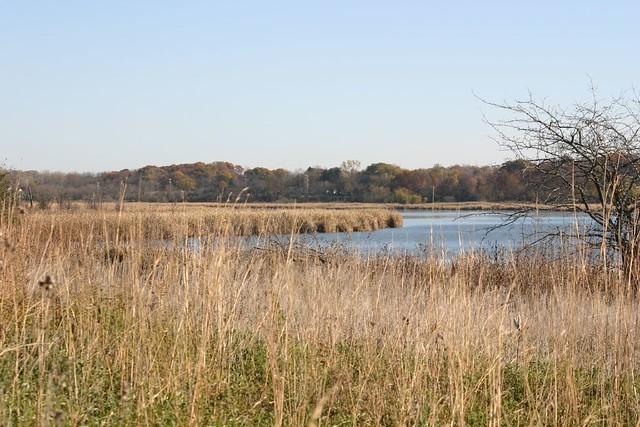
Prairies extend to the north and west of the lake. These 800 acres of former crop and grazing lands are actively managed by mowing and controlled burns to restore them as nearly possible to their original condition. In fall the grass turns a golden brown and is a rich source of seeds for overwintering wildlife.

Over the course of the seasons, the diverse habitat attracts a stunning variety of bird species, from the large...
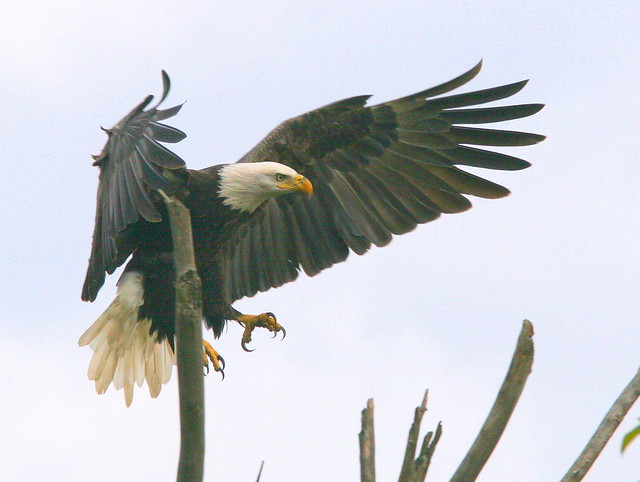
...to the small.
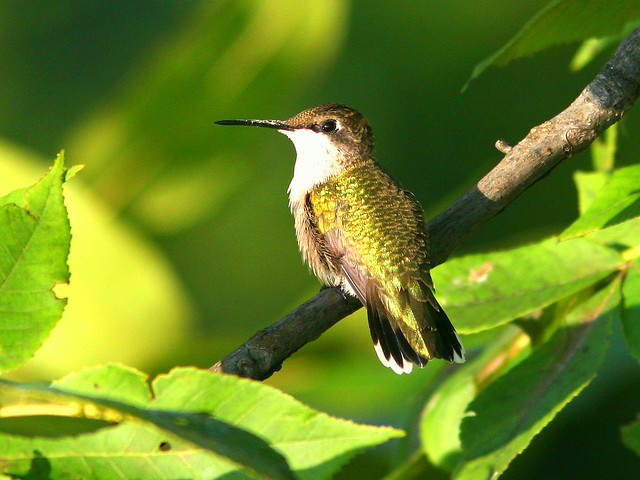
Sandhill Cranes breed in the wetlands.
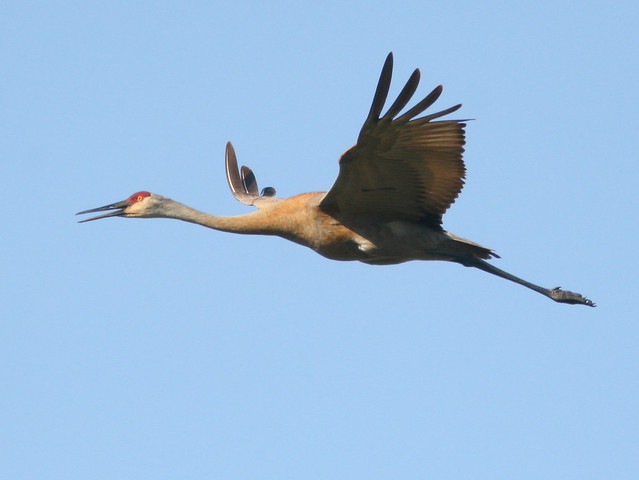
A Cooper's Hawk soars overhead. The prairie suddenly falls silent.
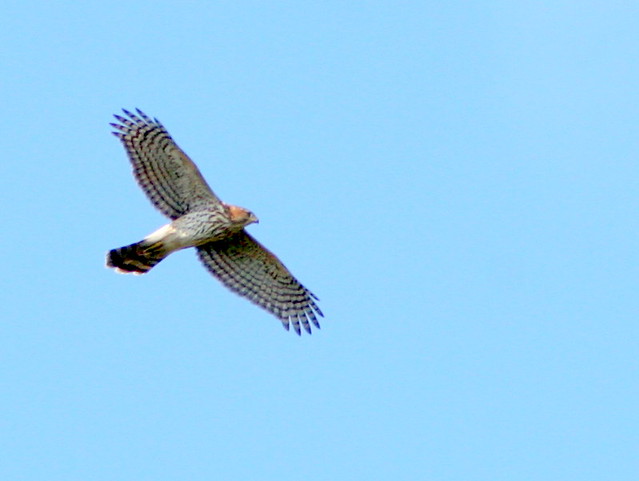
Sparrows are among my favorite photographic subjects. Catching them out in the open and in good light requires patience (and I must admit that at my age I don't mind the opportunity to rest a bit while I wait). Several species of sparrows breed in the grasslands and marginal savannas. Song Sparrows are most abundant.
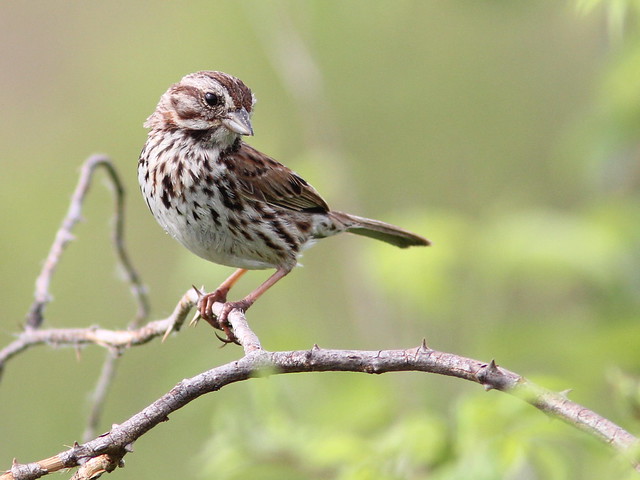
Savannah Sparrows often forage on the trails.
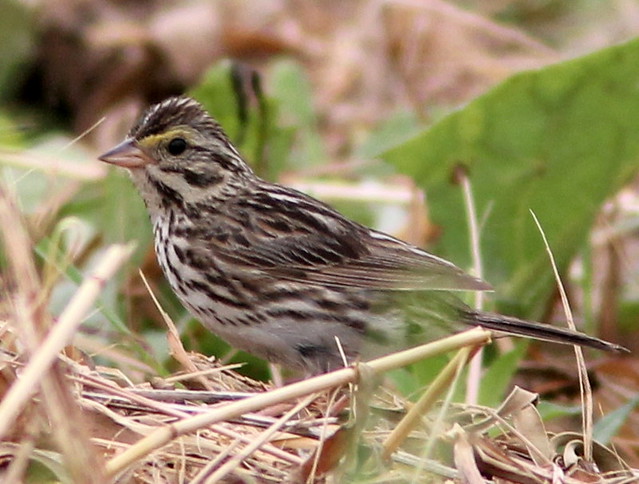
Tiny Grasshopper Sparrows are less often seen out in the open. Their numbers seem to depend upon the availability of short grass in areas that had been recently mowed or burned.
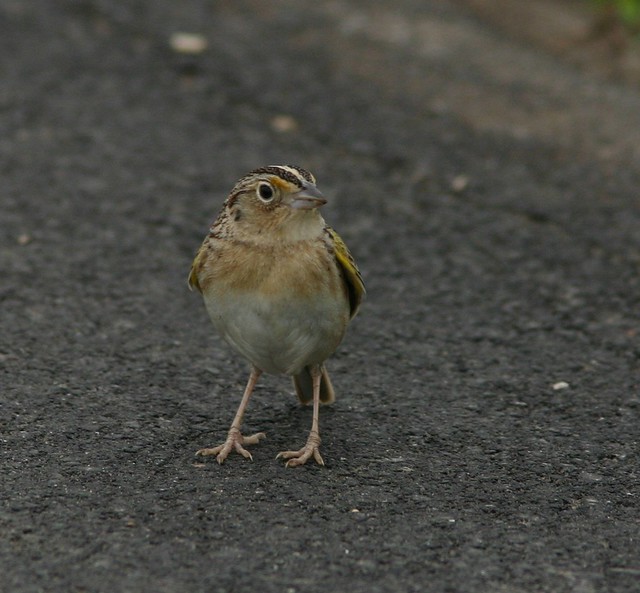
A few Henslow's Sparrows breed in the prairie in small clusters.
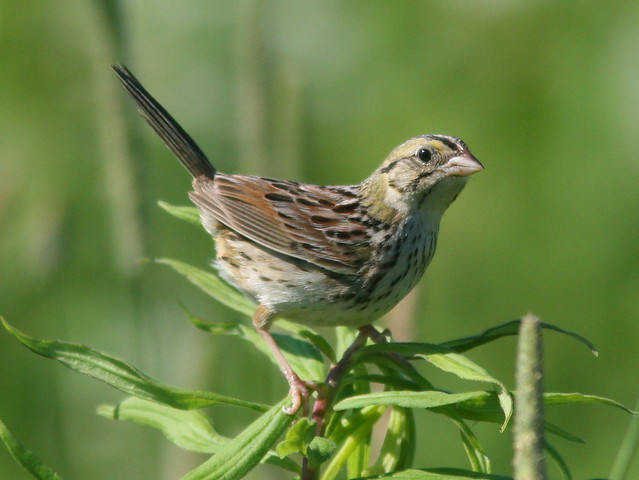
The habitat requirements of this threatened species are very demanding, as they will not build a nest in a recently cleared area. Henslow's Sparrows select nesting areas that have a couple of years of dead grass litter accumulated on the ground. They abandon the site after two or three years, when taller weeds and saplings start invading. They also require an expanse of tall grass prairie surrounding their breeding areas, and will not nest in fragmented habitat.
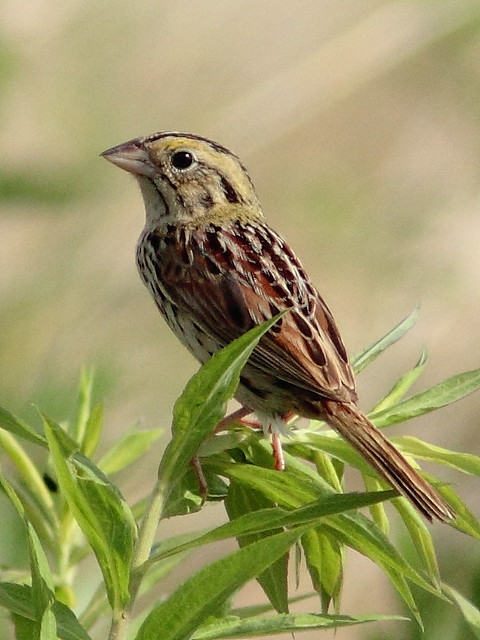
Henslow's Sparrows are more often heard than seen, as they sneak through the grass like mice. They look as if they are putting great effort into their song, which comes out sounding like little more than a squeak.

Field Sparrows prefer the woody edges of the prairies.
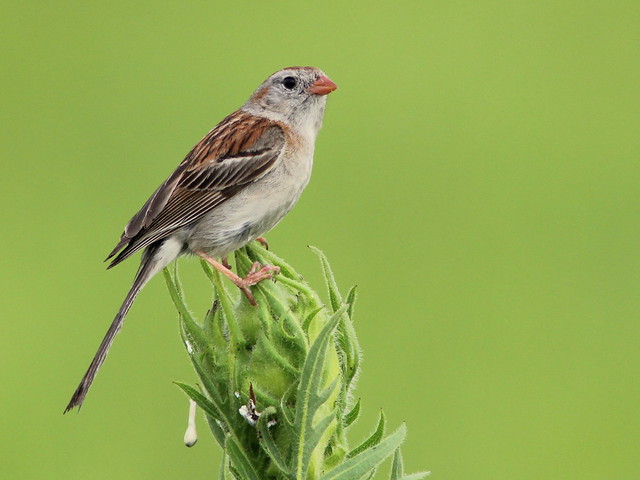
Swamp Sparrows build their nests in the marshes.
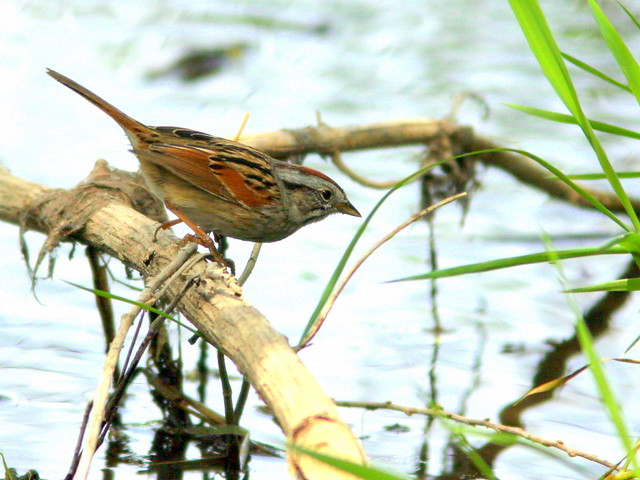
Chipping Sparrows are most commonly found in the woodlands.

Among the non-breeding sparrows, I have seen a few Lincoln's Sparrows.
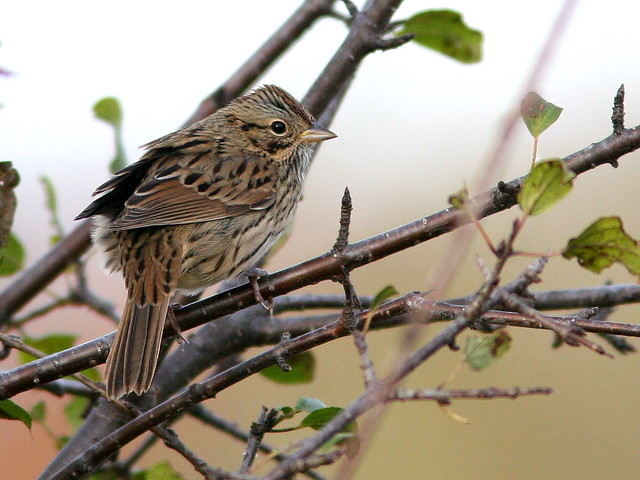
White-crowned Sparrows invade as winter approaches, and stay until spring. (This photo is my favorite of the species. I took it in Alaska. All the other images are from the Nelson Lake area.)
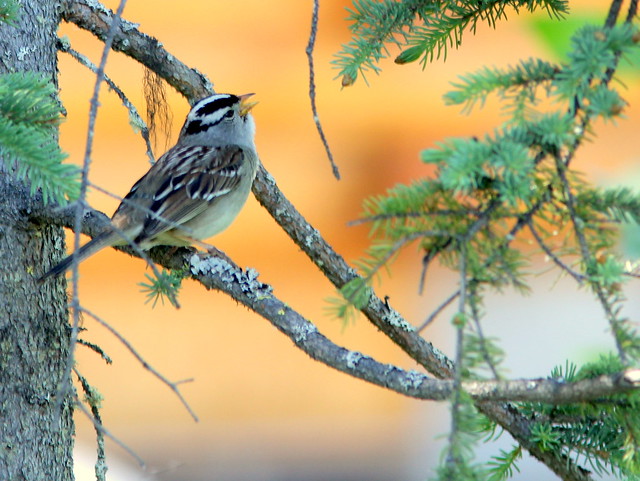
White-throated Sparrows favor the shrubby margins of the woodlands.
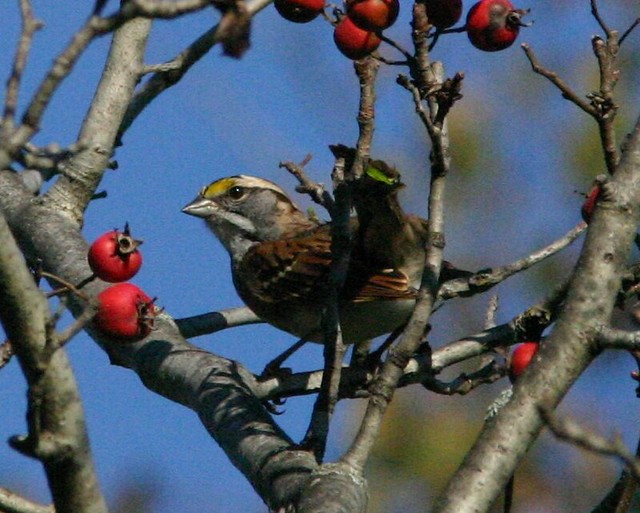
Fox Sparrows can be elusive, rummaging through the ground litter or hiding in the trees.
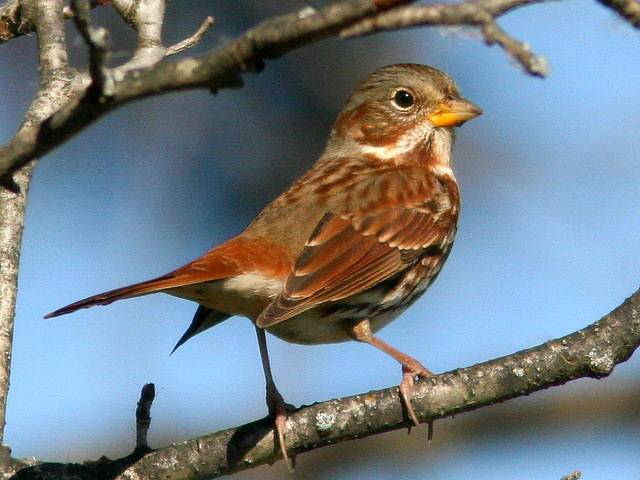
This [I thought was] is the only Clay-colored Sparrow I have ever seen at Nelson Lake. [See Steve's comment below. The corrected identification is Swamp Sparrow-- sorry about that, but in the field its light breast and dark "mask" led me astray, not to mention the fact that it was in a thicket out on the prairie. Ken]
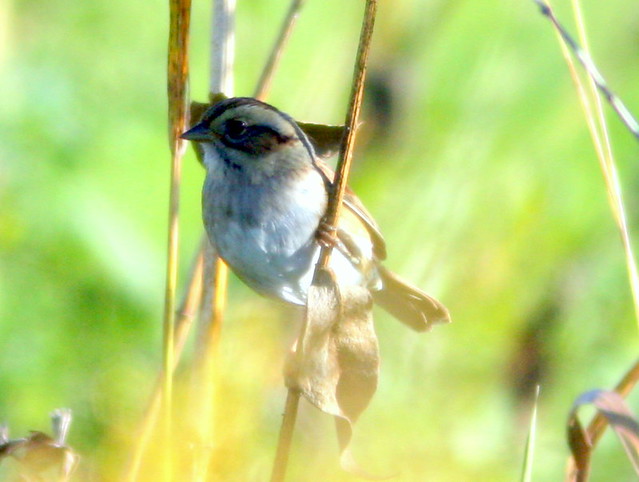
Now take a good look at this-- will you ever again call sparrows just LBJs*?
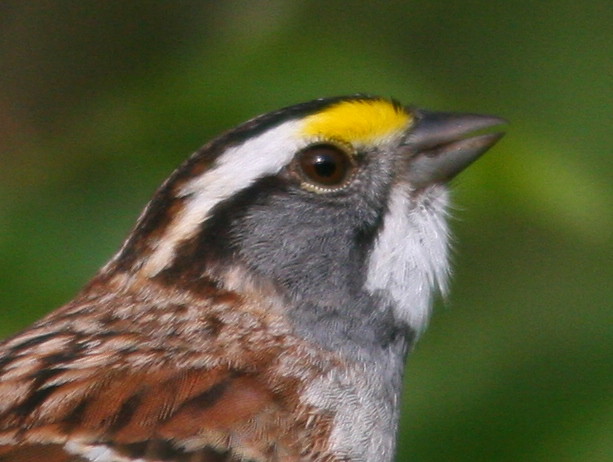
* "Little Brown Jobs"-- NOT
Search archives of ROSYFINCH.COM

Fantastic post. Love the geologic history of the area and the wonderful series of sparrow shots. I have yet to see half of these.
ReplyDeleteGreat history and great photos! Very nice post Ken.
ReplyDeleteWonderful post learning the history of the formation of the prairies. I never knew there were so many sparrows, you really are a very patient photographer, sparrows are never still. Loved your shot taken in Alaska, it has beautiful blend of colors. Cheers, Ruby
ReplyDeleteGreat stuff Ken. I love the Sparrows too, and I love your photos! It looks like you've got some prime sparrow sites nearby!
ReplyDeleteCoincidentally, Henslow's Sparrow has just been named ABA Bird of the Week! http://www.abcbirds.org/newsandreports/botw/henslows_sparrow.html
ReplyDeleteThis comment has been removed by the author.
ReplyDeleteI should have mentioned that this BirdNote broadcast features Henslow's Sparrow and other birds of the Tallgrass Prairies: http://birdnote.org/show/tallgrass-prairie
ReplyDeleteI was fascinated by the history of the prairies and loved seeing all the different sparrows!
ReplyDeleteAmazing shots of the Henslow's. Ive only seen them once, and would love to make that happen more often. I really like the Lincoln's image as well...they are an underrated bird.
ReplyDeleteI hate to be "that guy" but I think the Clay-colored is a young Swamp Sparrow. Clay-colored has a much lighter ear patch, with a dark border all the way around it.
Oh, Steve, you would spoil my fun. I think you are correct. Take a look at the shots I just posted on FLICKR at
ReplyDeletehttp://www.flickr.com/photos/rosyfinch/7711553794/in/photostream/
They are all straight out of the camera and are best viewed in the original size. In the field I thought its breast was too clear and its "mask" too distinct for it to be an immature Swamp Sparrow, but as I examine some of the shots I see a suggestion of reddish color in its cap and wings, a bright white throat with some faint streaking on upper breast, so I now think I was wrong. Most likely a Swampie. Not sure it is an immature, as the face is quite light and the streaking is faint. I shot these on October 7, 2010. Well, I'm still waiting to see that first Clay-colored at that location!
Fantastic post, Ken! First of all, thanks for the geological information which I always find fascinating. And then thanks for sharing your superb photos! I had the opportunity to observe a Henslow's Sparrow in a meadow in Mass. It was apparently a lone errant bird and sadly its songs to attract a female went unanswered.
ReplyDeleteWonderful post filled with interesting information and stunning photographs! I will have to look into birding at Nelson Lake.
ReplyDelete